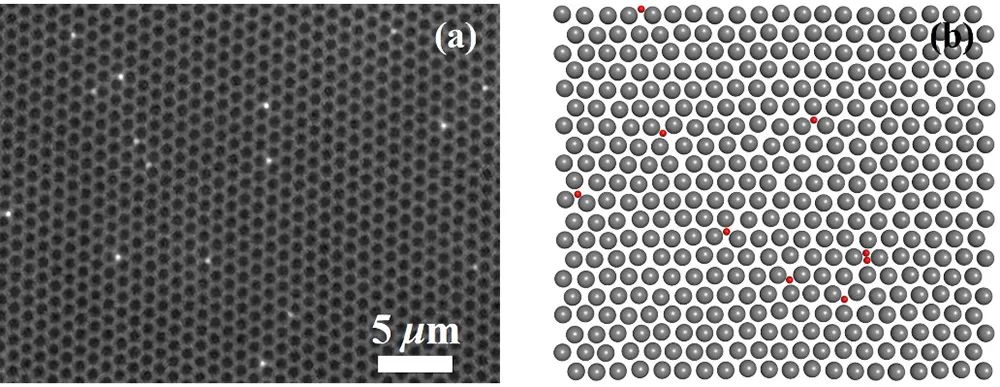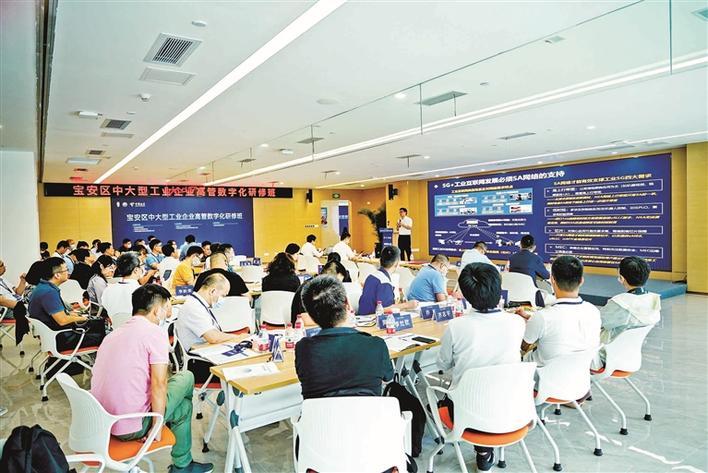Progress | "Cooper" in the collagen -the equivalent attraction of entropy -driven
Author:Institute of Physics of the Ch Time:2022.08.17
The "scolding of the same number, the vibrant suction" between the charged body is the basic law of electromagnetics. However, under certain external conditions, a equivalent attraction can also be felt between the same type of charge. The most typical is the attractive interaction between electrons induced by the lattice vibration. This attractive interaction between the same charging is a basic physical mechanism that forms a traditional electro -sound superconductor. If we magnify the basic ions and electrons into the colloid system of micron scale, at this time, the quantum effect is no longer significant, will the abnormal phenomenon of similar "same number suction" still exist? In other words, can the "Cooper" in quantum mechanics be found in the classic system?
Recently, the postdoctoral of the Institute of Physics of the Chinese Academy of Sciences/Beijing Condenration Physics National Research Center Liu Peng, Ning Lu Hui, and Zong Yiwu (all have been out of the station) at the director of Chen Scientific Researchers, Researcher Yang Mingcheng, and Researcher Ye Fangfu In the next and after 5 years, the charged colloidal particles that spread in the colloidal crystal were studied, and the attractive interactions between the colloidal particles with the same number charged by the lattice vibration were found. The main driving force of interaction.

Figure 1. The trace particles diffuse in the lattice system of experiments (a) and analog (b).
This is a very simple and difficult experiment. The researchers first put the trace colloidal particles with the same type of charge in the triangle crystal composition of the colloid, and used the optical microcompany to record the motion of the particles (Figure 1). The main difficulty of research is to measure the interaction between these diffusion particles. Because the tracking particles have been maintained, the interaction between them is far less than KBT. For this faint interaction, conventional measurement methods have encountered difficulties. Active direct measurement method, such as optical pupa, needs to fix the measured particles on a certain distance. At this time, the impact of light 镊 on the background lattice will be far greater than the true interaction between the diffusion particles. The passive measurement method, through the launch of its interaction between the correlation functions between the diffusion particles, will be disturbed by the irreparable interference caused by the background lattice structure. In order to solve this problem, they proposed that the most basic triangle in the lattice background as the unit, measured the probability distribution that appeared in different triangular units in different triangular units. When the measured probability is higher than the random probability, it can be determined that there is an attractive interaction between the two free diffusion charged colloid particles at a specific distance.

Figure 2. Through experiment (a) and simulation (b), the relative probability of a pair of trace particles was found in the first to 10th neighboring triangle unit. (B) The illustration in the illustration is a comparative test in the free rise and falling and fixed lattice background.
Using this statistical method, the researchers found that the probability of the charged colloid particles spreading in the lattice is significantly higher than the probability of random distribution in the adjacent triangle unit, which shows that there is a short range between the collagen particles of the same type of charge in the crystal grid. The attractiveness, the same result is also confirmed in the molecular dynamics simulation (Figure 2). The simulation also specially studied the probability distribution of the colloidal particles in the fixed lattice background, and found that it was not significantly higher than that of the probability of random distribution, so that this short -range attraction was caused by the lattice vibration, which is with the quantum quantum. The formation mechanism of "Kobs pair" in mechanics is very similar. Further analysis found that the short -range attractiveness between this colloid ball with the same number of charges is related to the stiffness of the lattice. The more attractive attractiveness of the interaction of the lattice; even under the role of extreme pure hard balls, it is even under the action of extreme pure hard balls. A significant attractive interaction is still measured. In classic statistics, the pure hard ball system is considered to be completely driven by entropy, which shows that the attraction of this lattice -induced attraction is largely a "entropy force". From a micro perspective, the colloid ball spreading in the triangular lattice will cause deformation of the lattice, while limiting the vibration range of the neighboring lattice particles. The former adds the elasticity of the lattice, and the latter reduces the vibration entropy of the lattice. In order to reduce freedom, the system tends to push the two diffusion of colloidal particles to the two adjacent triangle units. In this way, compared to the two non -adjacent triangle units, the number of sidelines of the lattice of the adjacent triangle unit dropped from 6 to 5 sides, and the number of lattice particles restricted from vibration was reduced from 6 3). Introduction to quantitatively measures the contribution of the lattice deformation and entropy to the attractive interaction observed, and it is found that as the lattice harden is hardened, the entropy has become the main thermal amount of attractiveness to induce the attractiveness between the diffusion colloidal particles. This shows that the attractiveness between the diffuser particles with the same type of charge is a new "entropy force". This new entropy force is to maximize the vibration entropy of most particles at the cost of sacrificing a small number of particles, which is obviously different from the diffusion entropy of most particles in the traditional entropy force.

Figure 3. When the diffusion particles are deformation of the lattice in the neighboring and adjacent triangle.
This result is recently published in Physical Review Letters 129, 018002 (2022). The study was supported by the National Natural Science Foundation of China (12174434, 11874395, 11874397, 11674365, 12047552), as well as the support of the Chinese Academy of Sciences Strategic Pioneer Science and Technology Special (XDB33000000).
Edit: Tibetan idiot
- END -
Seize new opportunities for digital!Digital training classes of large -scale industrial enterprises in Baoan District opened classes

Event site.On July 7th, led by the Organization Department of the Baoan District P...
The unveiling of the new platform of China Nuclear Group Carbon Assets Management

On July 5, China Nuclear Carbon Assets Management Co., Ltd. was unveiled in Beijin...